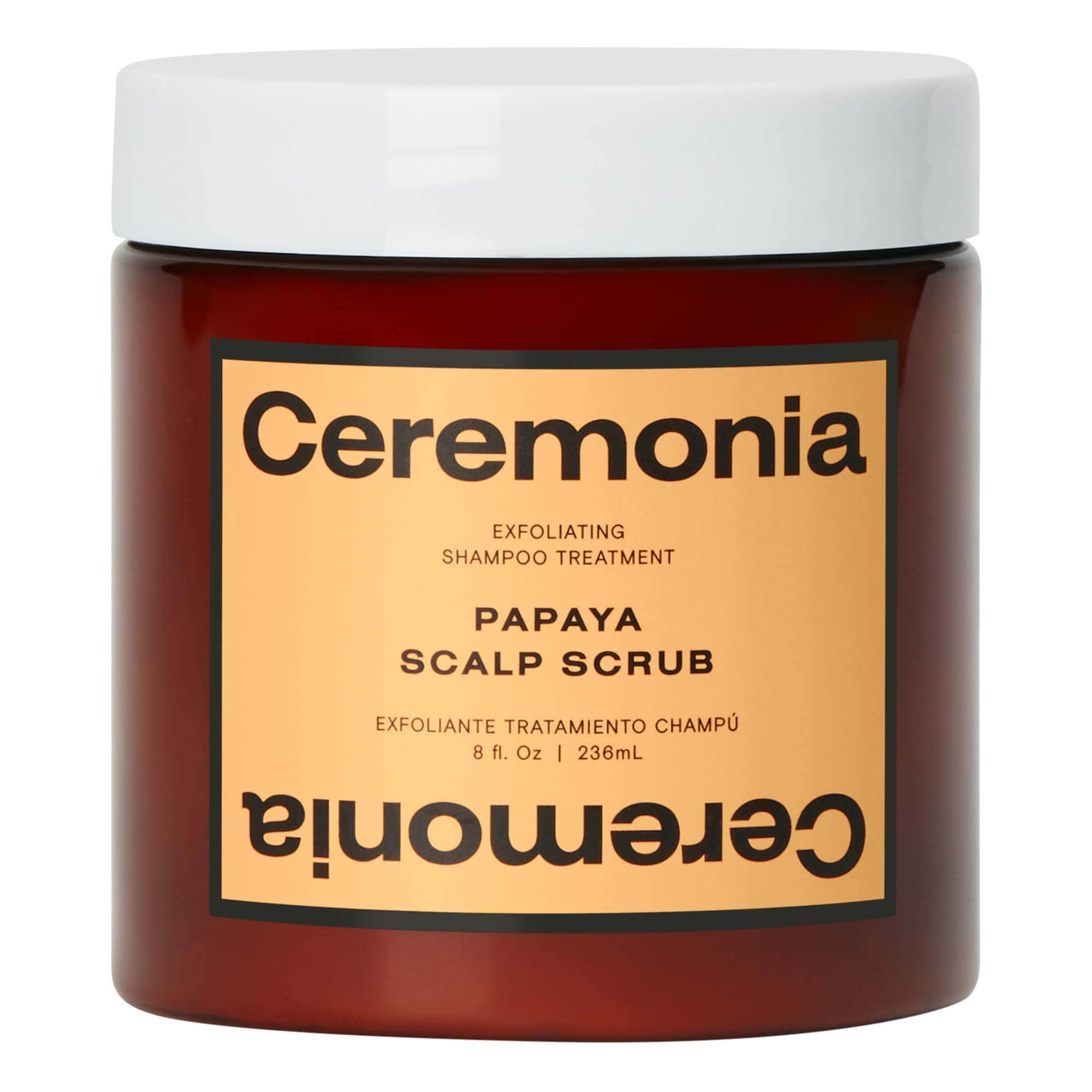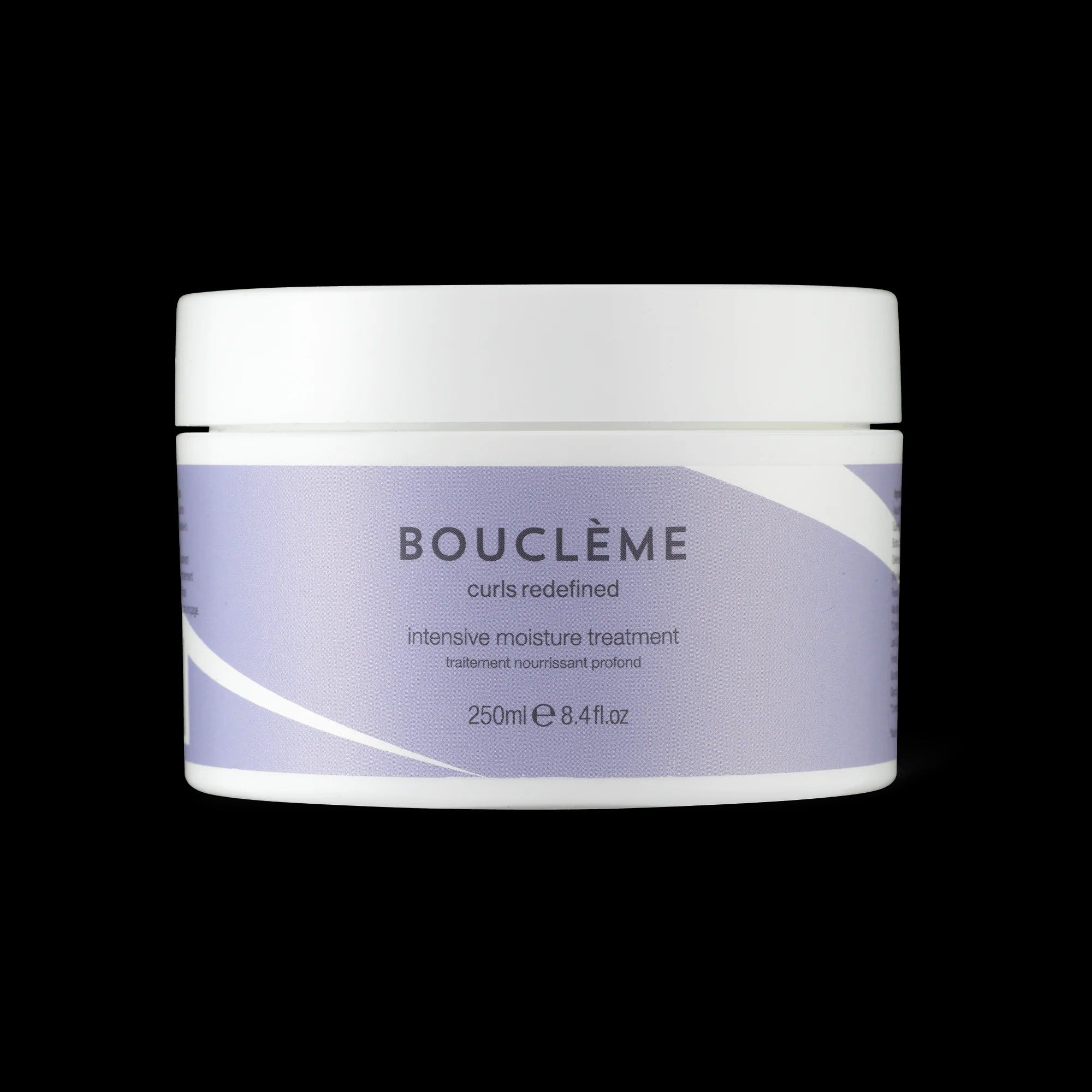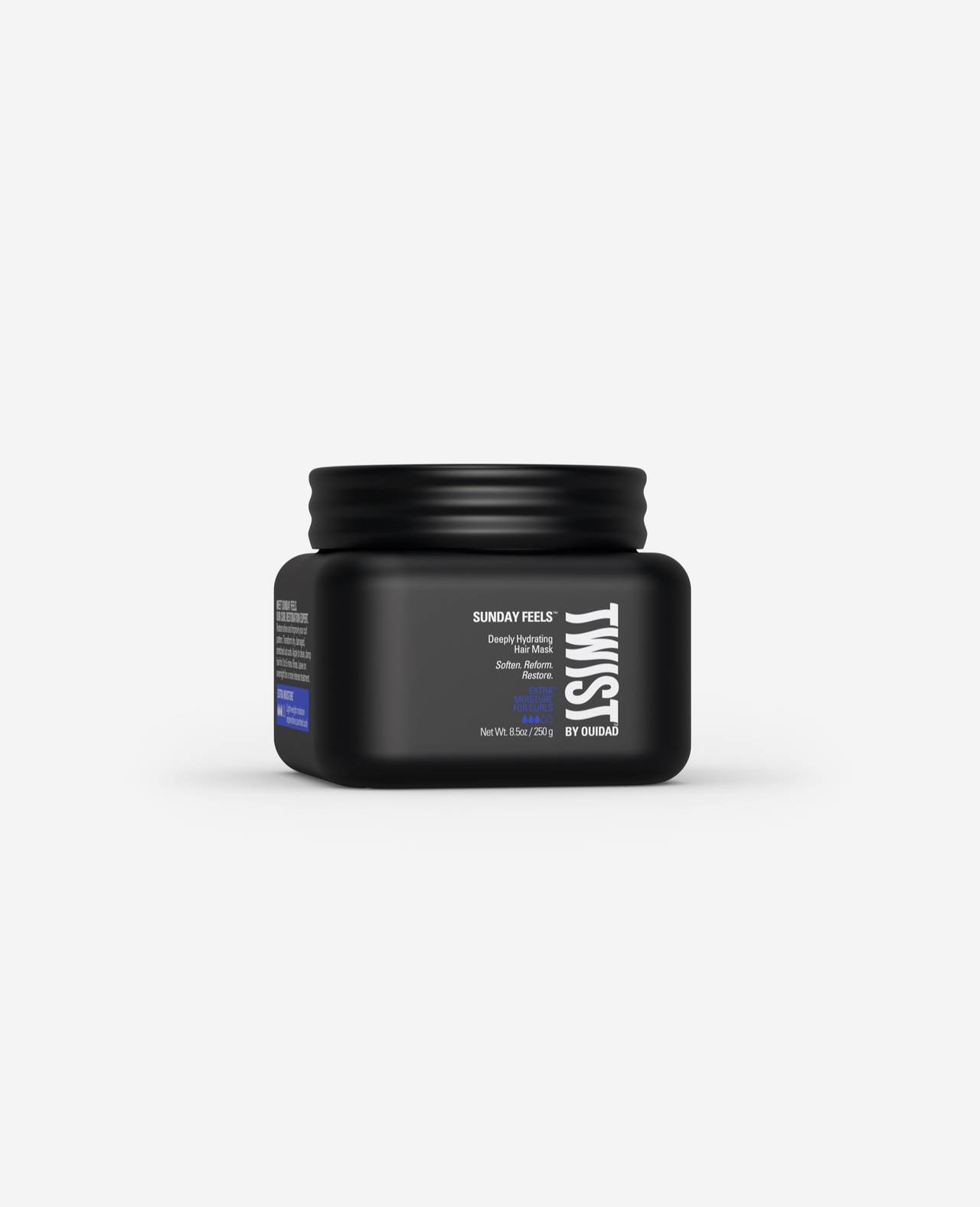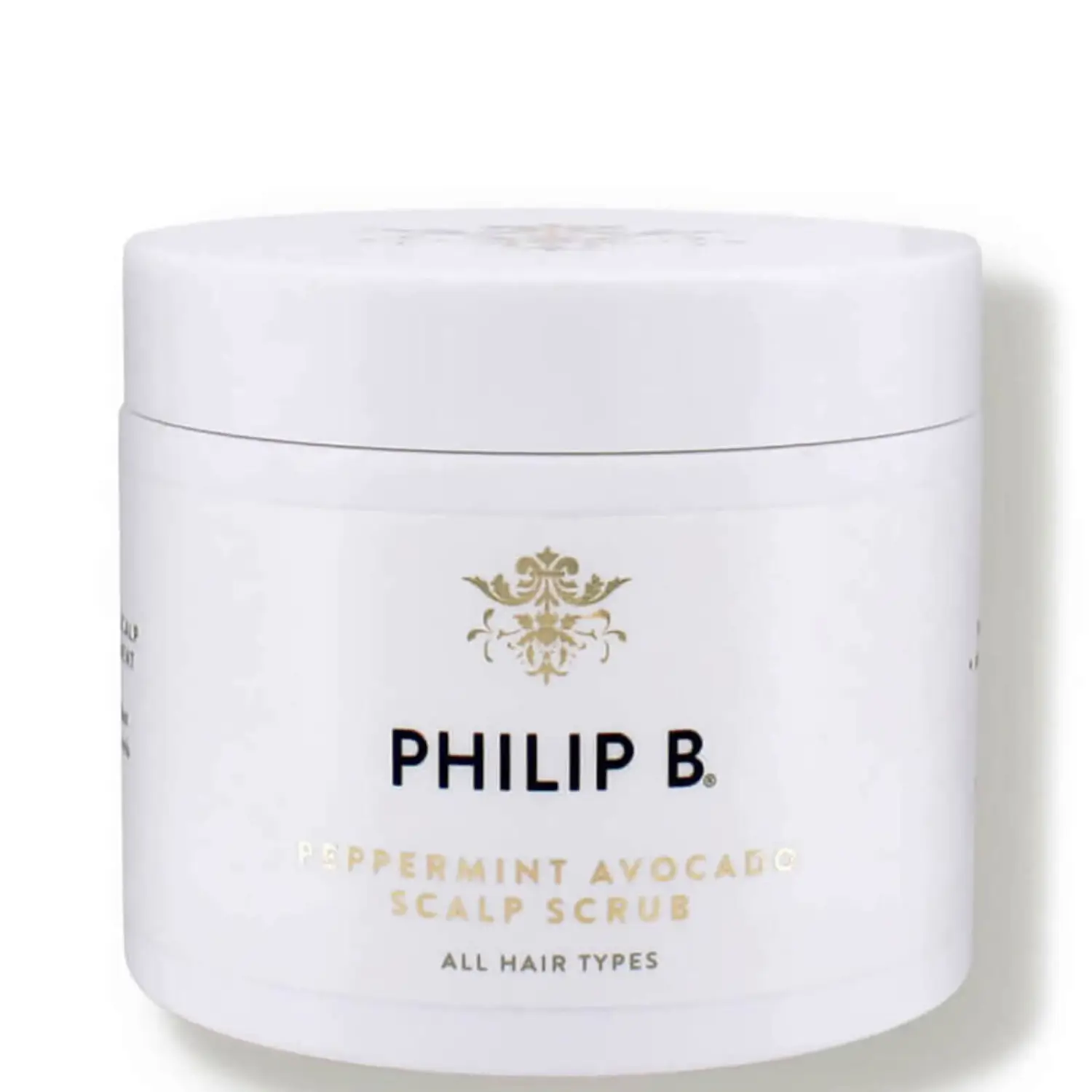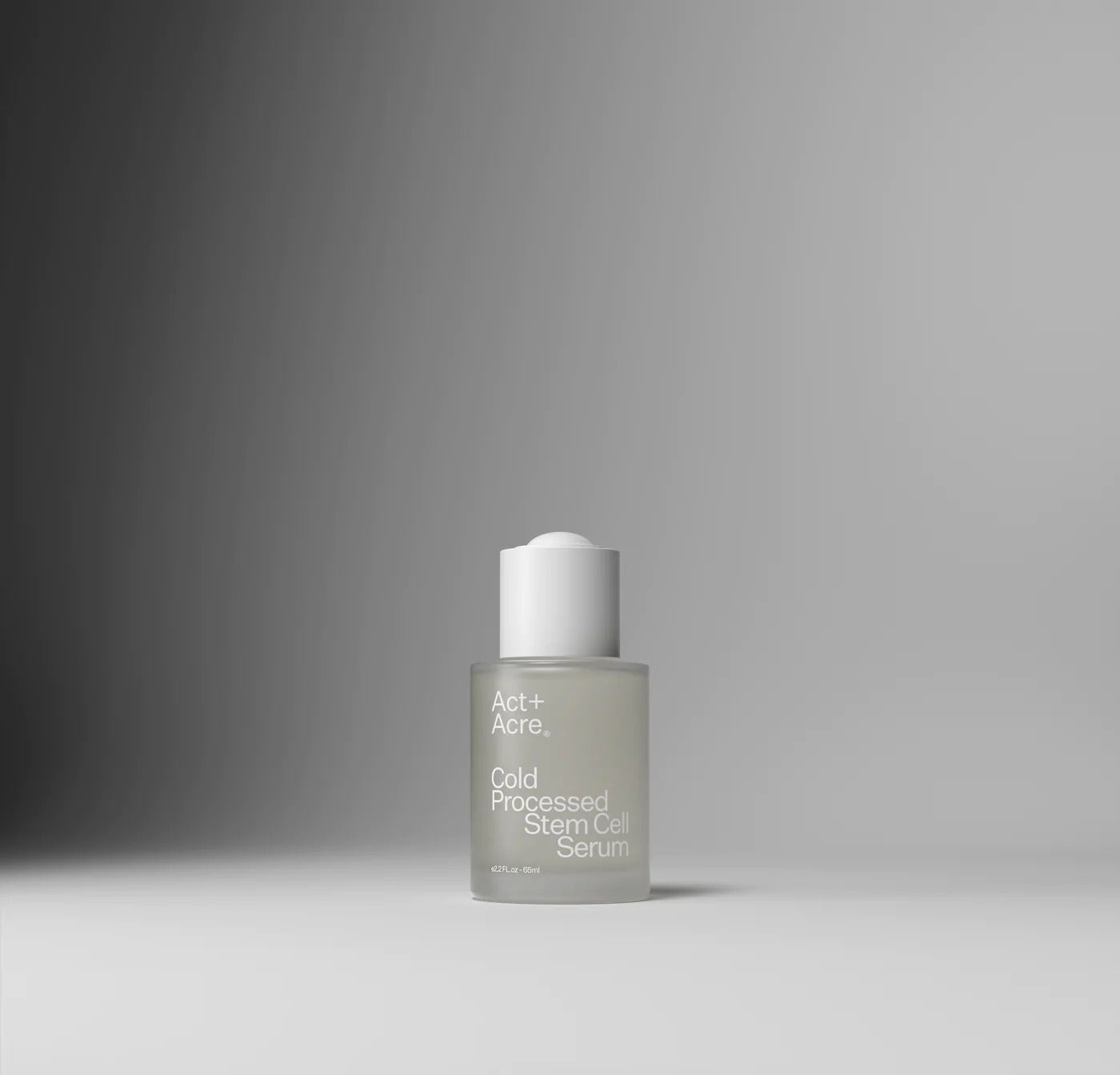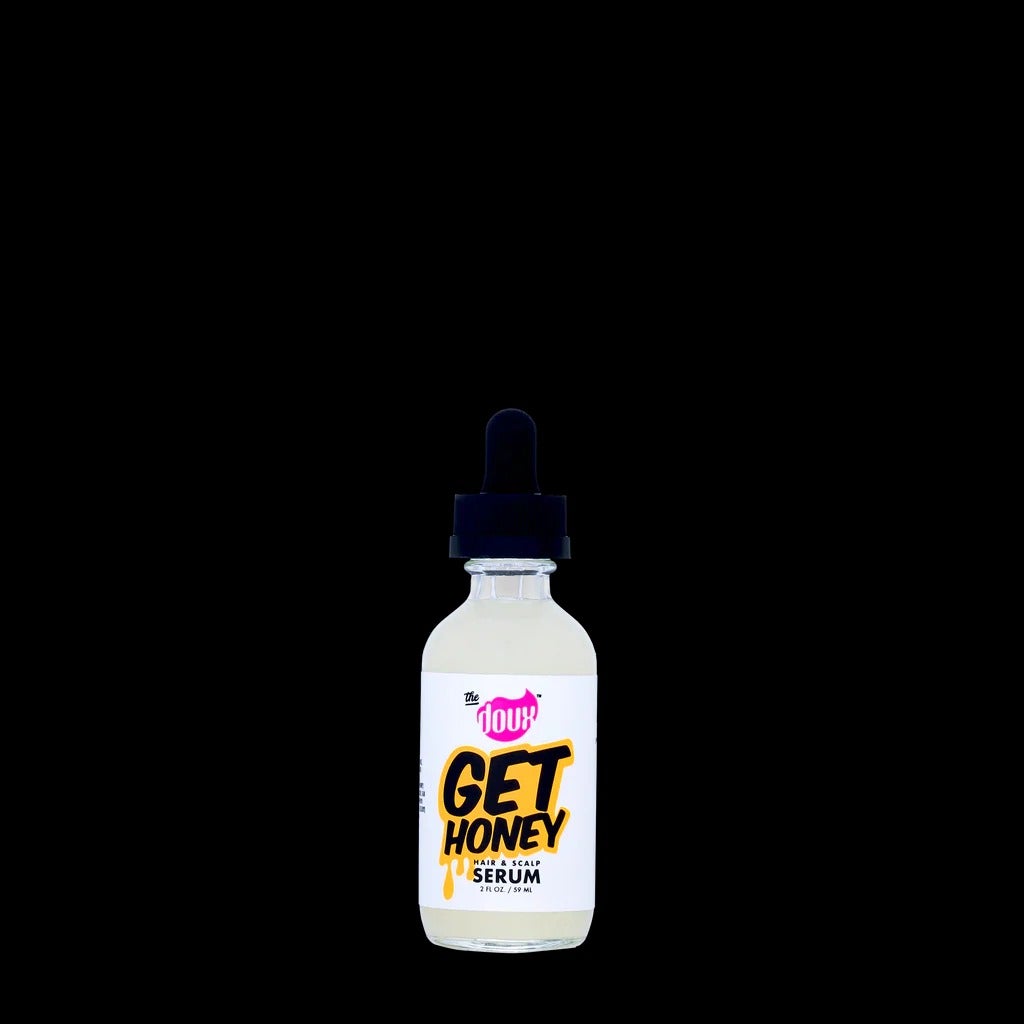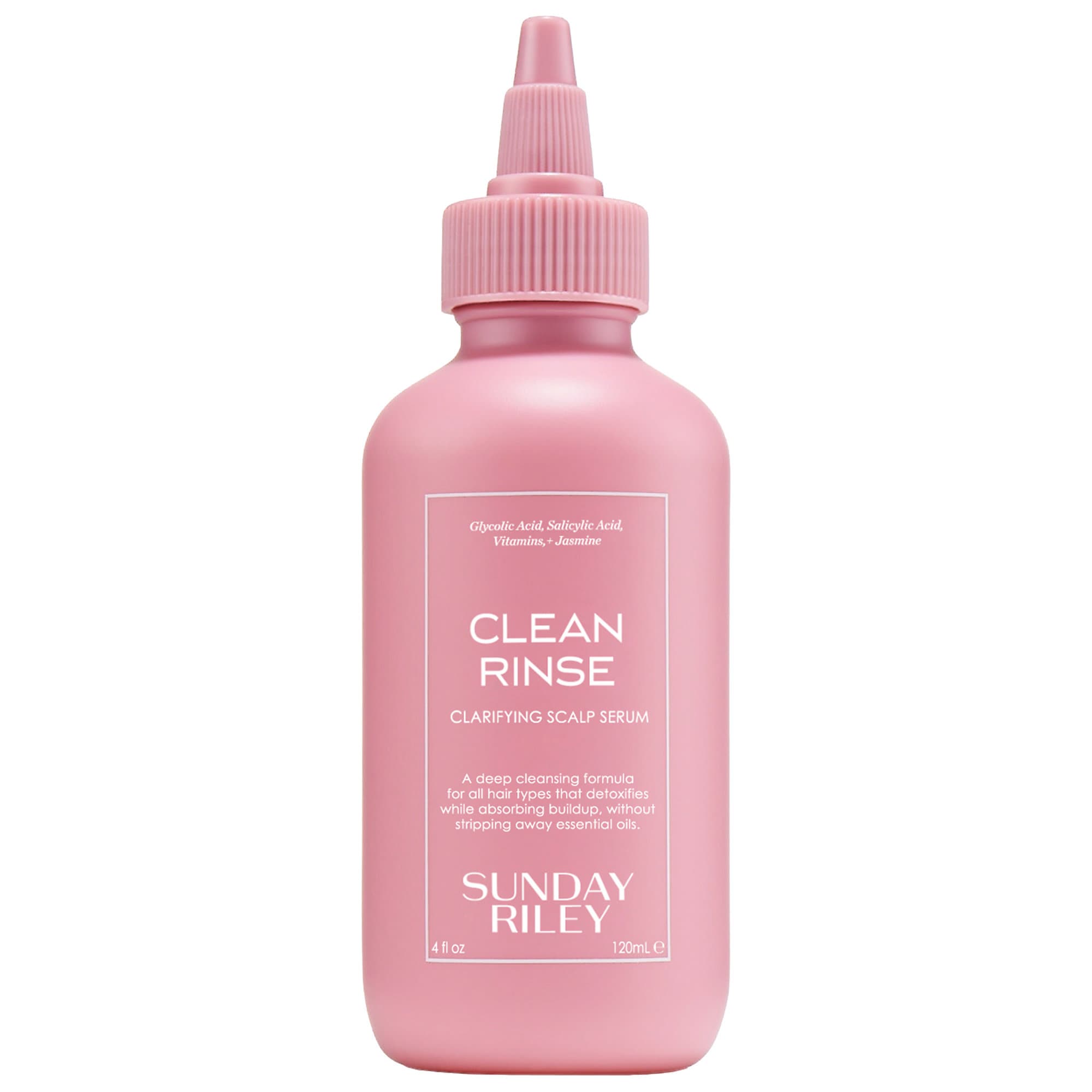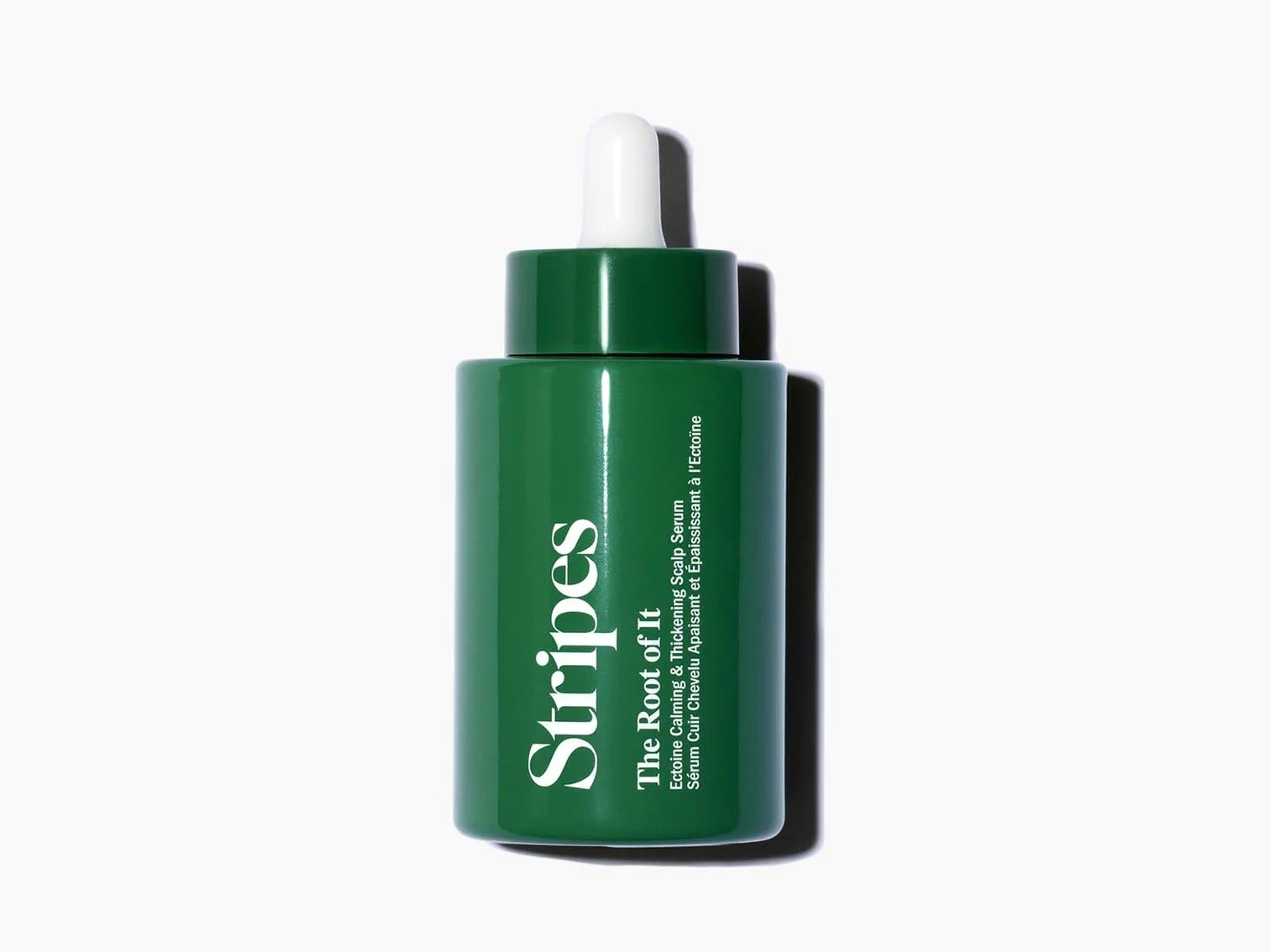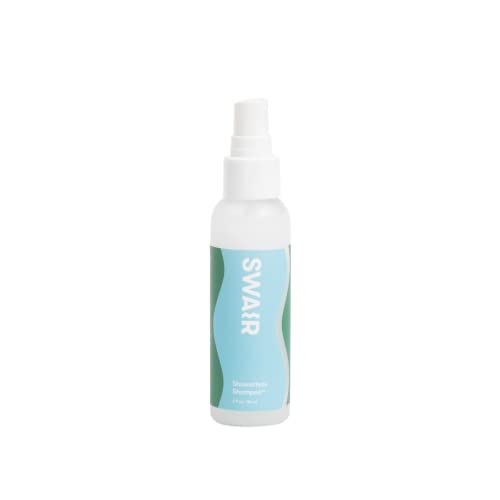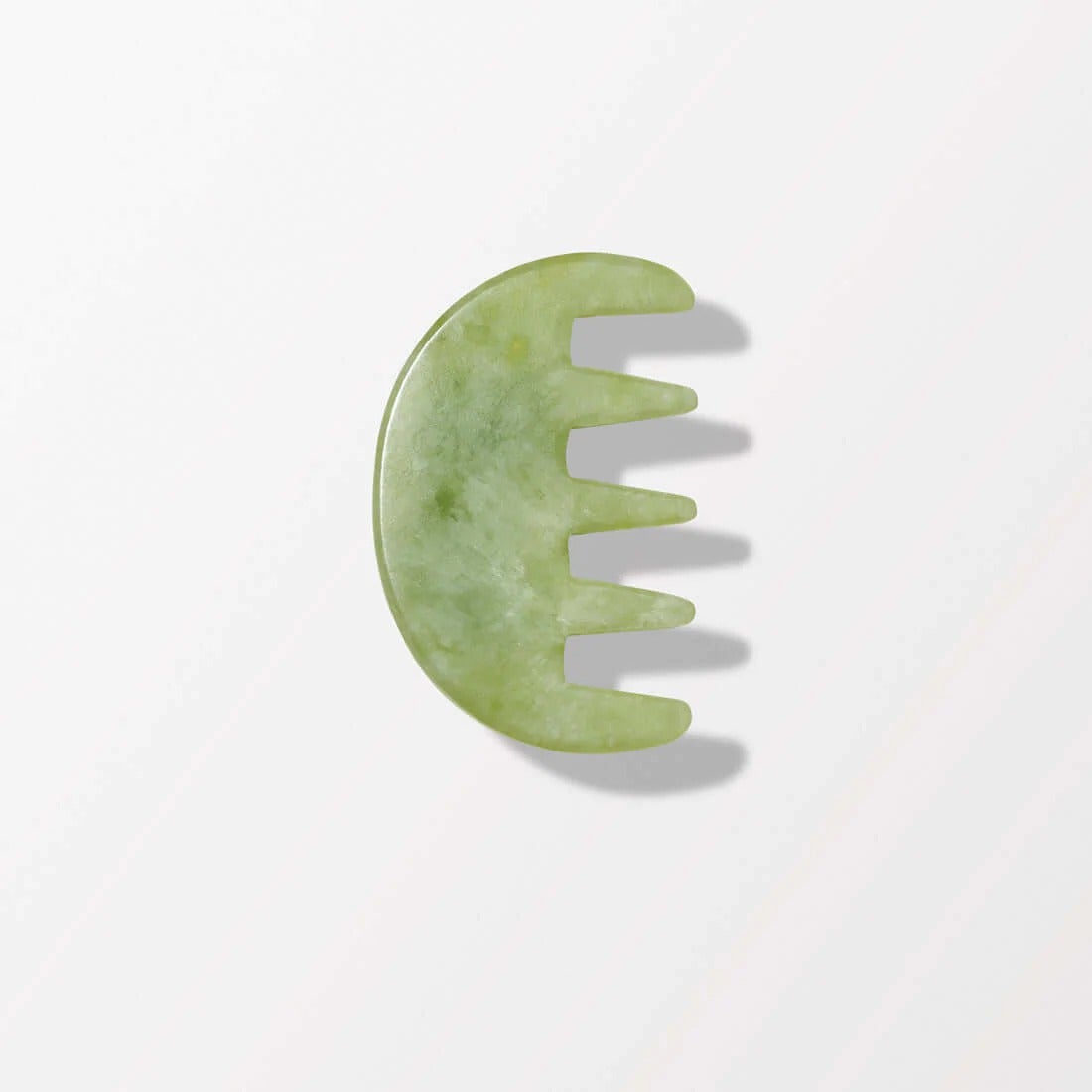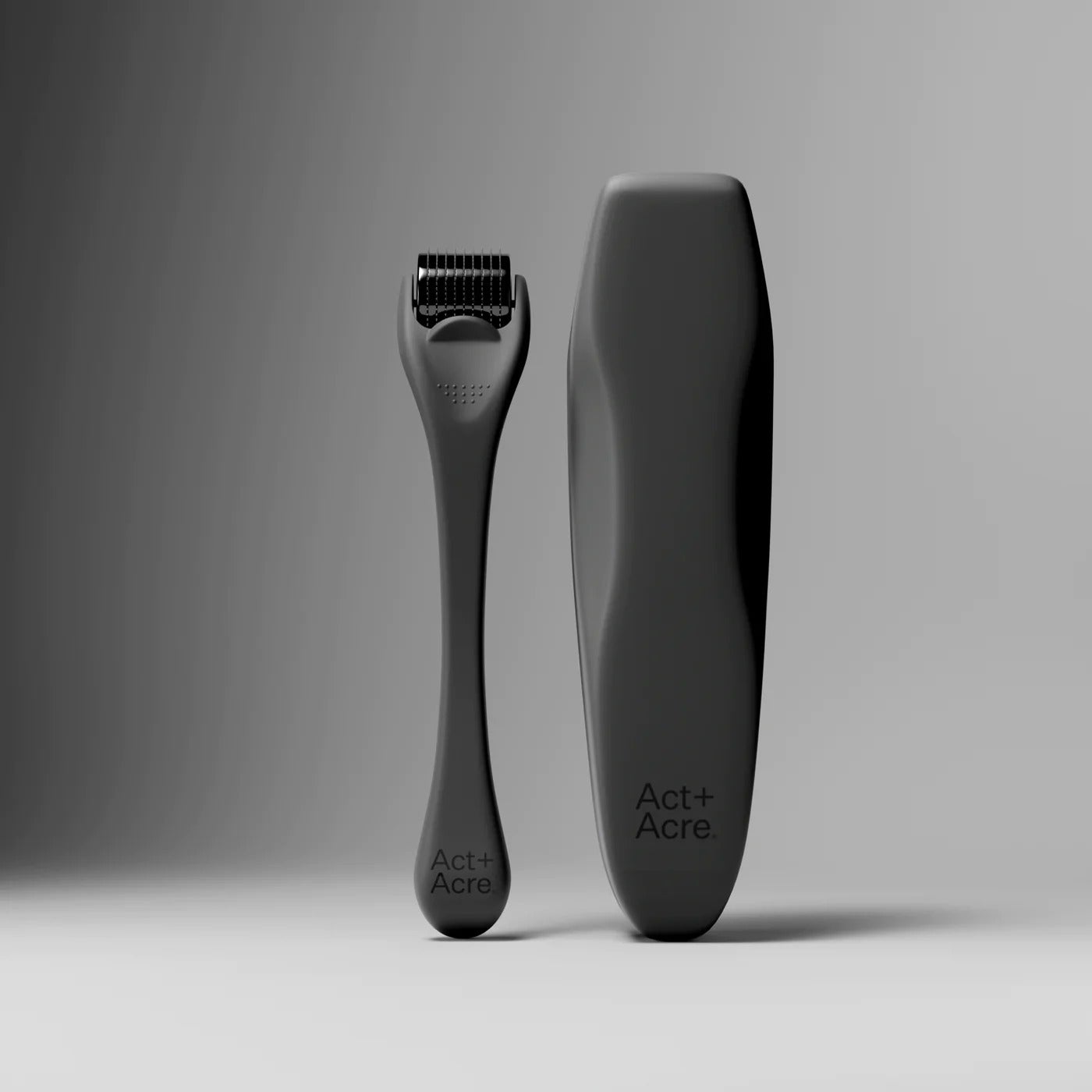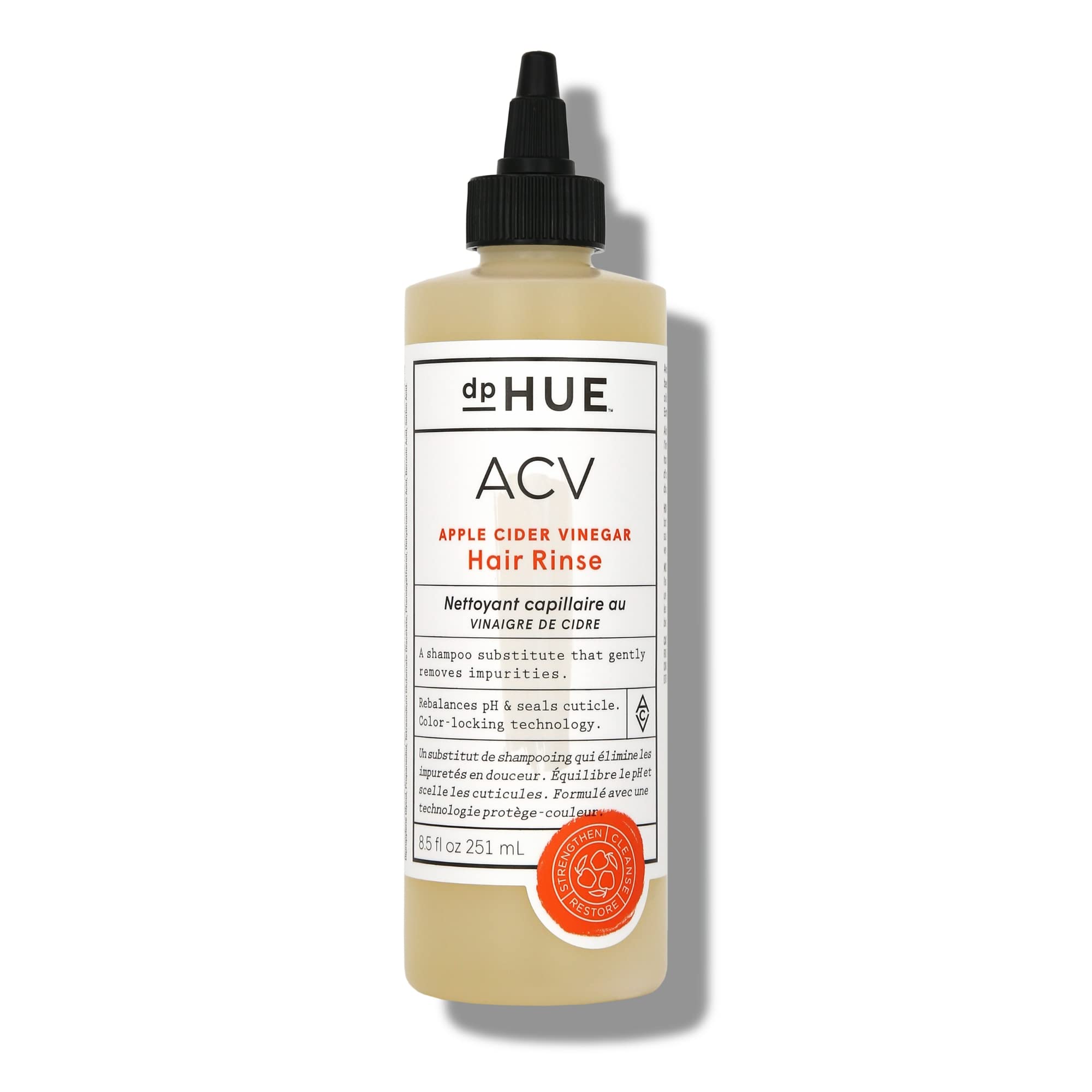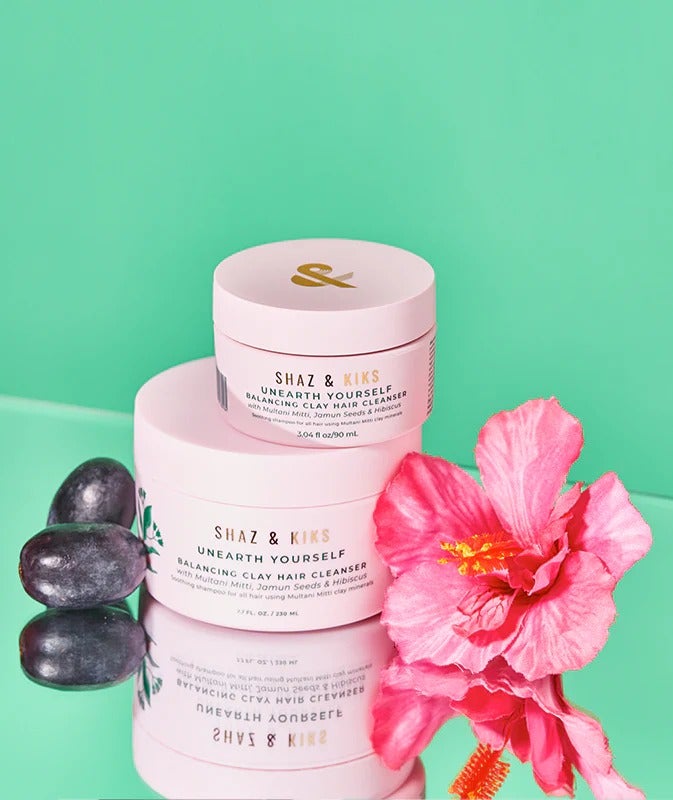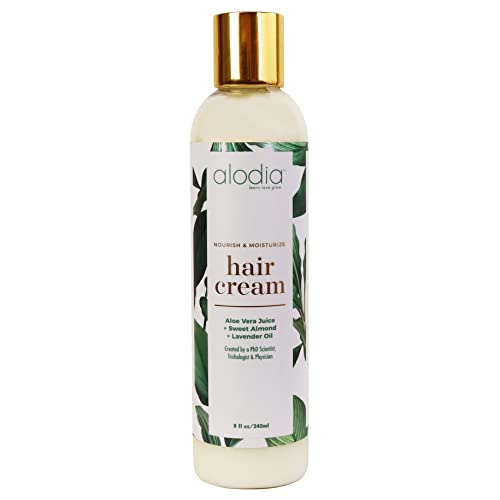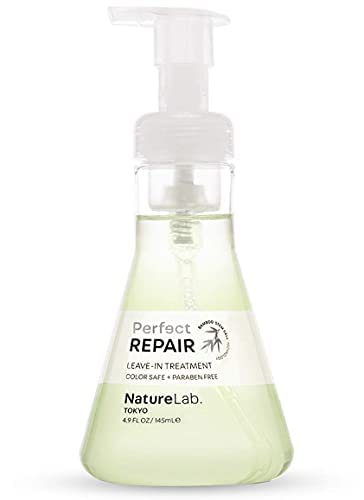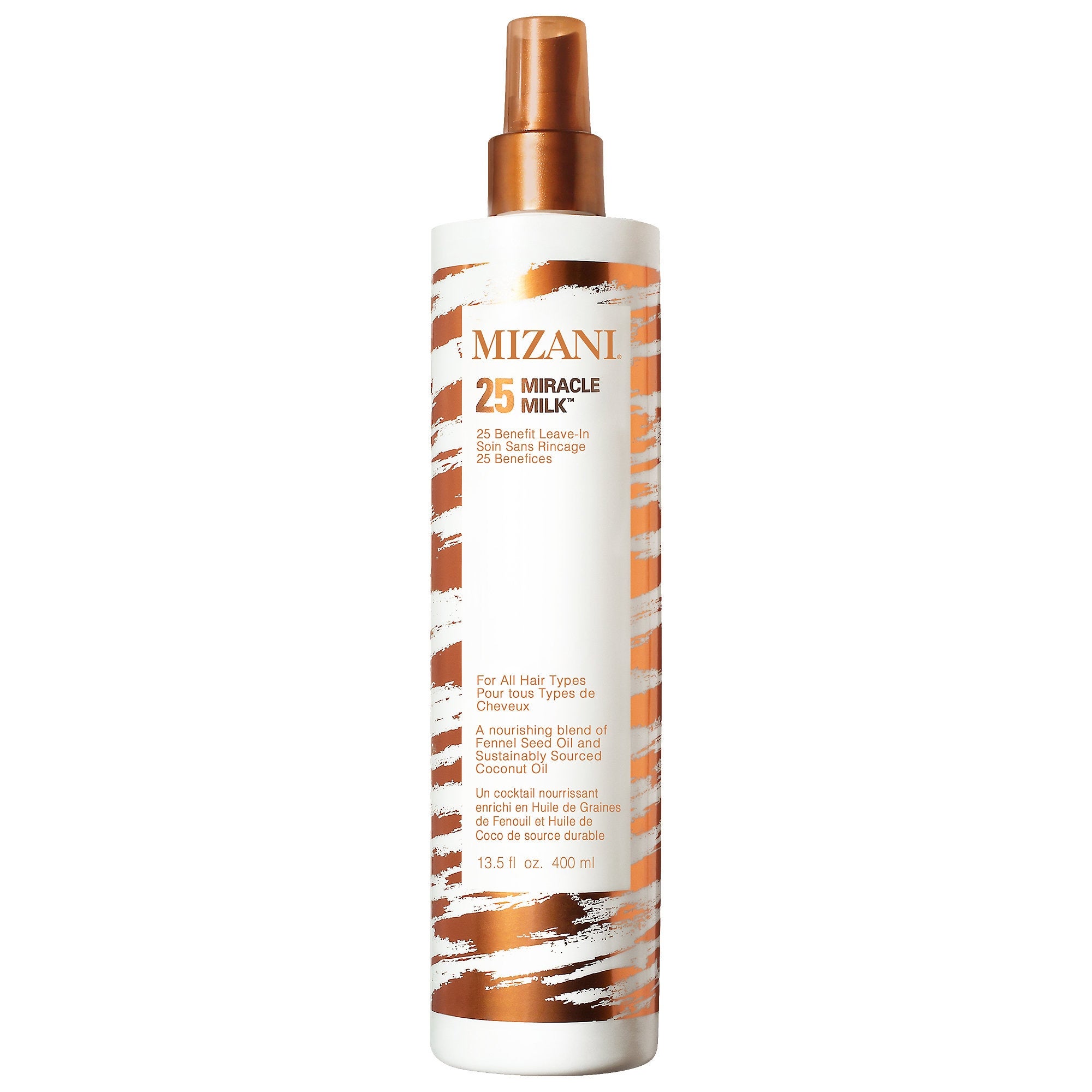My favorite feeling in the world is the delusion that wraps around you when you first take your hair out of its protective style.
After around two months, you might convince yourself that your hair has grown so swiftly, it will be Rapunzel-esque in length. Of course, the delusion quickly makes way for disappointment when it's likely your hair has maybe grown ⅛ of an inch in that entire time.
But I have to break it to you. If you really want to see growth, you've got to take care of your scalp — even in protective styles — because here's the thing: they aren't miracle workers.
AdvertisementADVERTISEMENT
Thanks to brands like Ceremonia and dpHUE, there has never been a better time for scalp health, and those with textured hair are finally being recognized and represented. But when your hair is in a protective style, scalp care looks a little different...
Do scalps with textured hair need to be treated differently?
The scalp is basically the same as the skin on your face and body. It shares the same general components, for example, skin type. Think 'normal', oily, combination, dry or a blend of all of the above. Your texture doesn't determine that your scalp behaves a certain way.
As we know, the difference between textured and non-textured hair is down to the shape of the hair follicle itself. Curlier hair types have more of a flattened, oval shaped follicle and straighter hair types have a rounded shaped follicle. The flattened shape is what causes the hair strands to become curly or coily.
Everyone's scalp is different, and like skin, your scalp type comes down to genetics. But they all produce sebum and play an important function in hair growth. There are some key differences, though: "Sebum, which functions to moisturize and protect the scalp and hair typically has a harder time traveling down the hair shaft of those with textured hair," explains Helen Reavey founder of Act+Acre, and a certified trichologist and celebrity hairstylist. "This often leads to dryness in both the scalp and hair, which needs to be supplemented with moisture-rich products."
AdvertisementADVERTISEMENT
How do you care for your scalp in a protective style, like a weave or braids?
Wearing a protective style means understanding you likely won't have access to your scalp for a while, so it's important to take good care of it. Seriously, treat it like it's going to stay at The White Lotus.
"Depending on the protective style, it's important to really clarify the scalp thoroughly beforehand," says board-certified trichologist Angela Onuoha. "It will be impossible to clean it that well when the protective style is in. This is because you're not able to get to the scalp properly."
Your best bet pre-install, is a good scalp scrub like the Ceremonia Papaya Scalp Scrub Shampoo or the Philip B. Peppermint Avocado Scalp Scrub. If you'd rather something less messy, try the Sunday Riley Clean Rinse Clarifying Scalp Serum with Niacinamide.
Next, enlist a moisturizing, deep conditioning mask. Deep conditioning is essential prior to braid and weave installations. "As protective styles are intended to wear for an extended period of time," explains hairstylist Marty Harper, "you always want to start with a clean slate," and then you can add in your nutrients and oils. "This promotes a restorative place for hair growth while in said style."
AdvertisementADVERTISEMENT
Angela adds that if you're adding hair to your protective style (including synthetic hair) it's a must to wash it first.
Maya Smith of hair brand The Doux says that it is assumed wearing protective styles means that the scalp can be neglected until the style has been taken down. "In fact," says Smith, "the scalp is the most vulnerable to bacterial growth and dandruff when these styles are worn versus when the hair is styled freely."
When your style is installed, have a scalp serum like Act+Acre’s Stem Cell Serum to hand. Also try the The Doux’s Get Honey Hair & Scalp Serum an oil-free treatment which can be used on dry hair. The nozzle applicator is smart and allows you to get into the braids to reach your scalp. This is really handy, as you don’t want to loosen any of the installed style or have to contend with stray gritty pieces from scalp scrubs.
When your hair is in a protective style, your scalp naturally tends to receive less stimulation. Before committing to any protective style, you might like to try 'microcirculation'. This stimulates the scalp either using a dermaroller (a handheld device with tiny needles said to help rejuvenate the skin) or a Gua sha tool for the scalp, which is similar to the facial tool, but with wide teeth to really get into the hair.
AdvertisementADVERTISEMENT
"Microcirculation is incredibly important for maintaining a healthy hair growth cycle," explains Reavey. If you don't want to spend any money, Reavey recommends implementing a gentle, daily scalp massage using your fingertips when you're wearing a protective style. After all, hair needs blood flow to grow.
If you're able to, try to wash, condition and moisturize your hair every other week. Personally, I'm not capable of this, so I'm very into a waterless shampoo. SWAIR may be made for people who go to the gym, but as I am not one of those people, I love this product for making my hair feel clean and treated while in a protective style.
I also like the Batiste Waterless Cleansing Foam for that same reason. But you do need to wash your hair, too. I'll have none of this six-month weave nonsense. "Leaving a weave or braids in for 8 to 12 weeks without washing can often irritate and inflame the scalp and cause your hair to become dry and break," shares Dr. Isfahan Chambers-Harris, trichologist and founder of Alodia Haircare. "If you can't wash your hair, consider leaving the style in for a shorter amount of time — around 4 to 6 weeks."
Without grossing you out, it pays to make sure that if you do wash your hair in a protective style, you dry it well afterwards. Wet hair in a dark place is the perfect environment for fungi and bacteria to grow. I don't think you would want that anywhere, let alone on your scalp.
AdvertisementADVERTISEMENT
shop 5 products
Is scalp care inclusive?
When it comes to scalp care products, it's pretty obvious why protective styles get left out of the conversation: the mainstream hair market isn't built for people of colour and with textured hair. Instead it shines a light on white people with straight hair. Just like the conversation around sunscreen, the belief that Black people don't need scalp care is a concept rooted in complete falsehood.
That said, those with textured hair and who wear protective styles, have been culturally trained to care of their scalps in a different way for years. Harper agrees and says that beauty standards and practices have always been prevalent in regards to our heritage and people. In kitchens, laundry rooms and bathrooms, we have often created our own serums and oils. Celebrity braider Evalyn Denis loves to combine a variety of oils and make different concoctions to treat her scalp. Invigorating peppermint oil (said to promote hair growth) is a must for her.
For Denis, representation and education in regard to Black hair are the first steps to ensuring trends like scalp care include Black people. Especially as training for textured hair is still not regulated — or even a requirement in many states. "Gaining product knowledge in the salon and asking questions in the chair can help tremendously," says Denis of learning how to take care of your scalp properly.
AdvertisementADVERTISEMENT
Reavey believes hairstylist training should focus on trichologist knowledge, so that qualified stylists are able to consult on the scalp as well as the hair. "As both a hairstylist and trichologist myself," says Reavey, "I'm able to provide my clients with detailed and personalized advice on how to best care for their individual scalp. I think it would be incredibly beneficial for all stylists to be able to provide this information to their clientele."
How do you take out a protective style?
Lastly, when taking down your protective style, try not to rush it. I learned this the hard way when I spent four hours crying and detangling my hair with Flatbush Misdemeanors in the background. When everything is removed, take your time to detangle using a leave-in conditioner.
Your first wash day is really important, and like before, it should be focused on clarifying and re-moisturizing your hair and scalp. You're trying to rebalance the pH of the skin here, so using products with ingredients such as cleansing clay or apple cider vinegar — like the dpHUE ACV Hair Rinse — means your hair and scalp can bounce right back.
"Apple cider vinegar is the most natural way to cleanse and create a balance in your skin's pH," explains Harper, making it healthy and happy. "I tend to recommend this to people with overly oily hair but also when you just need a fresh start."
Refinery29's selection is purely editorial and independently chosen – we only feature items we love! As part of our business model we do work with affiliates; if you directly purchase something from a link on this article, we may earn a small amount of commission.
